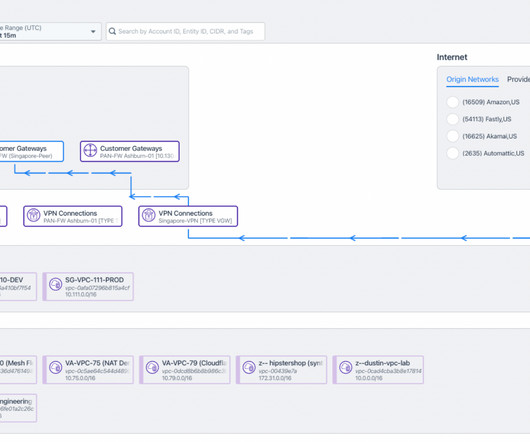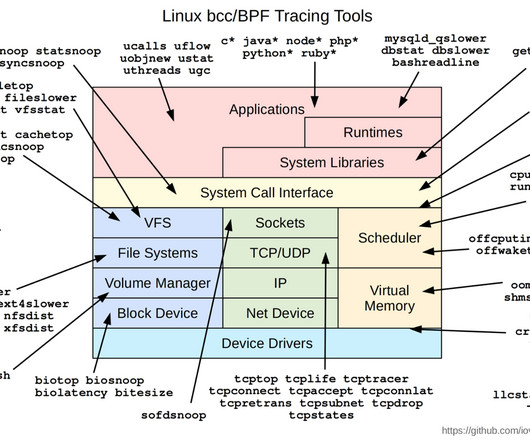Optimizing Network Stability and Reliability Through Data-Driven Strategies
Kentik
APRIL 24, 2023
If you think about everything application traffic flows through between its source and destination, the sheer variety and volume of physical and virtual devices are enormous. Using eBPF, we can observe the interaction between an application and the underlying Linux kernel within the application’s container for resources and network processes.














Let's personalize your content